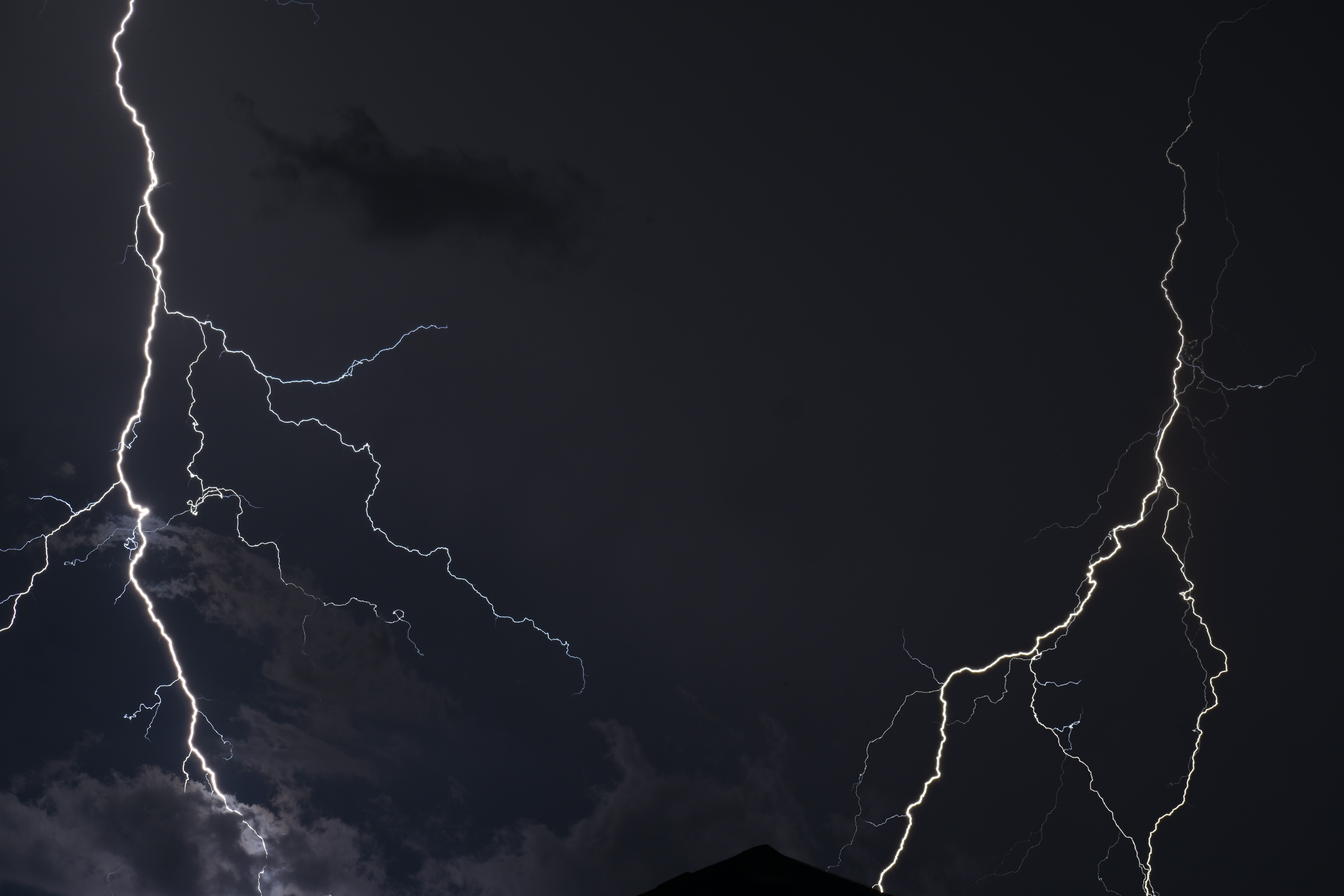
Lightning strikes posed a serious threat to historic buildings for centuries. Storms were a major cause of fires, with a single strike capable of igniting a thatched roof or wooden structure, and even stone buildings weren’t immune from this threat. The history books and folklore are peppered with stories of church towers collapsing after being struck by lightning, and tall stone-built structures, such as castles and palaces, faced the continual threat of structural damage from lightning. Such was the popular dread of lightning strikes that people composed prayers and incantations specifically to safeguard them from the threat.
Is Lightning Still a Threat To Buildings?
Today, lightning poses just as much of a threat to historic and modern buildings as it did in the Middle Ages. More so, in fact, as buildings are now generally far taller than they were in previous centuries, and contain far more conductive materials – e.g. steel, copper, and other metals! The cost of damage from lightning is also far more extensive. Lightning can severely damage brick, concrete, stone, and wood, even if it doesn’t cause a fire, and tall chimneys are still common victims of destruction from lightning strikes.
Furthermore, a lightning strike can play havoc with a building’s electrical infrastructure, shorting out expensive wiring and overloading control panels in seconds, knocking out phones, Internet, and central heating, creating multiple electrical fire hazards, and destroying electrical devices, including computers, any phones charging through the mains, kitchen appliances, air conditioning, security systems, and light fittings.
Lightning Protection For Buildings
Lightning will always seek to earth itself through the highest point in the vicinity of a storm, which today, as in the past, is often the local church tower, palace, school, public building, or high-value residence. Fortunately, these days we have better protection at hand than prayers and wishful thinking. Historic England recommends that all churches and prominent historic buildings equip themselves with adequate lightning protection, advice to which we fully concur, and recommend the same for high-rise office buildings, monuments, power stations, bridges, railway stations, large houses, museums, universities, public buildings, and hospitals, too.
So, what can you do to protect your building from lightning?
You can’t prevent lightning or deter a strike, so the best way to protect your building is to direct the flow of electricity from the highest point of your building down to the ground, by means of a lightning rod and a lightning protection system (LPS). This channels the current away from your structure and sensitive electrical systems, and earths the lightning harmlessly in the ground.
Components of a Lightning Protection System
There are three main parts of a lightning protection system:
1) The lightning rod: A lightning rod is a traditional form of lightning protection that comprises a conductive metal rod or needle that protrudes above the highest point of the building – for example a chimney or radio mast – with connected wires or strips leading to the ground. This is still the simplest form of lightning protection system. Modern lightning rods are usually made of copper and are effective at quickly and safely dissipating the energy discharged by lightning strike, which often exceeds 100-300 million volts.
2) Faraday Cage: A so-called ‘Faraday cage’ (named after the scientist Michael Faraday (1791-1867), who contributed greatly to our understanding of electromagnetism) is an enclosure of conductive strips and wiring used to shield a building or piece of machinery from electrostatic and magnetic discharges, including lightning (compact box-like versions are available to protect small outdoor applications, including laptops, phones, and car keys used on construction sites).
In buildings, the ‘cage’ is comprised of a network of criss-crossing conductor cables placed around sensitive or strategic parts of the building, including along and around the edges of the roof, and the corners. Sensitive areas, such as a generator or server room, may have additional conductive cabling within the building itself. All cables are linked to an earthing cable, or ground rod, that disperses the current safely into the ground.
3) Grounding rods: Grounding rods are conductive metal cables or rods buried several metres into the ground, normally fashioned from copper or aluminium. The job of the grounding rod is to attract the flow of electrostatic lightning discharge away from the building.
Lightning Protection Design Services From Lowe & Oliver
In modern buildings, the LPS is normally factored into the design stage, but this isn’t a luxury available to managers of historic buildings, which may have limited or no lightning protection in place. At Lowe & Oliver, we work with premises managers to provide a bespoke LPS that safeguards the structure and electrical infrastructure of the building – while preventing auxiliary hazards such as side flashes (where lightning jumps between buildings or structures on its journey to earth).
To discuss how you can improve the safety of your building and safeguard against lightning, please call today, or [click here] to send us a message.
Image Source: Unsplash




